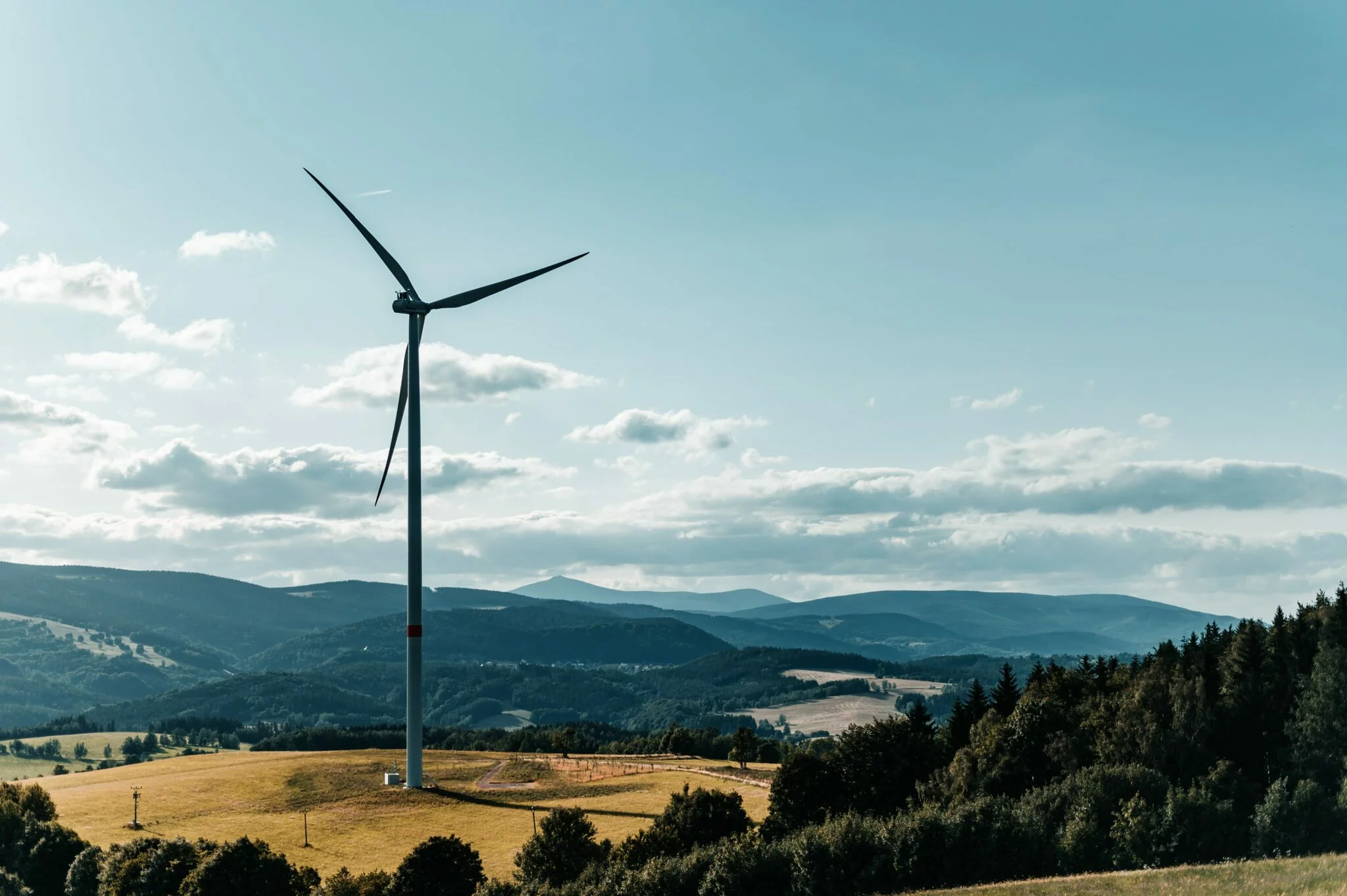The volume of funds being put forward in the federal budget is staggeringly low and can only be seen as window dressing
f anyone had any doubts about the federal government’s complete lack of substantive commitment to take ambitious action on climate change and the need for a clean energy transition, it was confirmed in treasurer Josh Frydenberg’s federal budget on Tuesday.
Maybe it shouldn’t be a surprise that the budget pours billions into fossil fuel projects that will exacerbate the problem, and does little to help Australia and its citizens to adapt to the rapidly rising risks from extreme heat, drought, more extreme rainfall events and flooding, increased risks of diseases, coastal flooding and inundation due to sea level rise … the list goes on.
The gap between Australia and the EU and US is growing ever-wider. As those countries, and many others, scramble to increase their climate targets, deploying their Covid-19 recovery budgets to maximise the opportunity to boost a clean energy transition, the Morrison government is increasingly showing up as hopelessly addicted to its fossil fuel past.
The 2030 emissions reduction commitments made by Australia are way behind what is needed, and massively behind what the EU and US have put forward, being only 14% below 2018 emissions, whereas the US and EU are in the range of 46 to 47% below 2018 levels. The government absolutely loves to talk about per capita emissions but, setting dodgy accounting aside, the numbers show the same story: between now and 2030 the US and EU per capita emissions would drop by about 50%, whereas Australia’s reduction would be less than half that, and its rate of improvement only 40% of what one would see for the US and EU.
This Covid-19 recovery budget was therefore an opportunity for prime minister Scott Morrison to start to deliver on his oft-stated “preference” to reach net zero emissions by 2050 – a mantra repeated by Frydenberg. It is clear, however, that the budget offers virtually no pathway or support for this transition, whether in the area of infrastructure, energy transformation, electric vehicles or anything else. Instead Morrison has doubled down on a fossil-fuelled future, ignoring the burgeoning renewable energy market, and the massive gaps in nearly all aspects of climate and energy policy in Australia.
Some news for this government: gas is a fossil fuel and emits CO2. The budget’s emphasis on supporting gas projects over renewables couldn’t be clearer, and will lead to higher emissions than would otherwise occur.
The government’s new Gas Infrastructure Plan, released last week, details how it will spend $58.6m on new projects. Taxpayer resources are set to flow to the fossil fuel industry and support technologies that at worst just will not work (despite having invested more than a billion dollars since 2003) or would just delay and slow down an inevitable transition to, for example, green hydrogen. Other countries generally do not pay polluters to reduce emissions, and instead have trading systems or taxes that provide incentives to reduce emissions – a well-established principle called “polluter pays”, which is inverted here to “the polluter gets paid”.
The wilful ignoring of any kind of a transition away from fossil fuels is evidenced in the infrastructure spend: $15.2bn over 10 years for road, rail and community infrastructure projects. A closer inspection shows the majority of these projects are for roads, with a tiny fraction spent on rail, and virtually nothing for EV infrastructure.
Contrast this with US president Joe Biden’s plans for a nationwide electric vehicle charging system and his support for electric cars, neither of which warrant a single mention in this Australian budget.
Biden’s infrastructure bill currently before Congress, reports say, could see spending on climate and energy and green infrastructure of upwards of US$2-3tn. Biden’s Covid green recovery program would be around 95-140 times more per person than Morrison is spending in Australia – and that is before one considers either the yearly spend rate or deducts the cash planned to be spent on gas and other fossil-fuel intensive infrastructure.
Biden has put climate at the centre of his government: from placing a climate expert in every one of his transition teams as he prepared for government, to this now showing up across his administration. He understands the massive job and economic opportunities, the health benefits, and the need to minimise the impacts his country is already experiencing.
A full 30% of the EU’s Covid-19 recovery package is going towards green recovery: a €637bn “recovery and resilience” facility” has been set up for which EU member states have to submit plans, which the European Commission will grade, based on their sustainability and environmental criteria, before distributing funds. This is about 24 times the planned per capita spend in Australia in the same area, but of course the Australian version is not green.
Like the US, the EU takes climate change extremely seriously; it always has – and it’s paying off. Its new 2030 climate target is strong – still not quite 1.5C compatible, but it has a vast range of policies addressing emissions across every sector, from transport to steel, appliances, buildings and even agriculture. Barely any of these policies can be seen in Australia, which is stalling at the starting blocks of the race to zero.
Tuesday’s budget contains no new funding for the renewable energy sector – the $50m for the Australian Renewable Energy Agency to establish a new early-stage seed capital investment arm will come from the agency’s already-allocated budget.
The $1.2bn to be spent on “natural disaster” resilience, including $61.1m for a new National Recovery and Resilience Agency, will be a drop in the bucket in dealing with the costs of climate impacts. The 2020 bushfires have been estimated to have cost at least $100bn.
This new line-item is simply a response to disasters; an ambulance at the bottom of the cliff. There is no provision for any of the kind of adaptation to the impacts of climate change needed, adaptation to build resilience to the kind of warming world the Morrison government seems determined to ignore. And which is not just in the distant future but is now a clear and present danger whose risks will only accelerate unless global emissions are halved by 2030.
The volume of funds being put forward is staggeringly low and can only be seen as window dressing. Compare the numbers mentioned above with the approximately $7.8bn a year spent annually to subsidise diesel and one can get the picture. The diesel subsidy per year is over 40 times greater than the planned annual spend of the Morrison government on its technology investment roadmap.
The government’s ideological opposition to renewable energy, batteries and the clean energy transformation is set to cost this country dearly, and this budget has really nailed the government’s position to the mast. We and others have shown that just in the power sector alone the transformation towards zero carbon over the next decade could generate tens of thousands of jobs.
This budget therefore represents a massive missed opportunity for Australia.
This article was originally shared by The Guardian.






